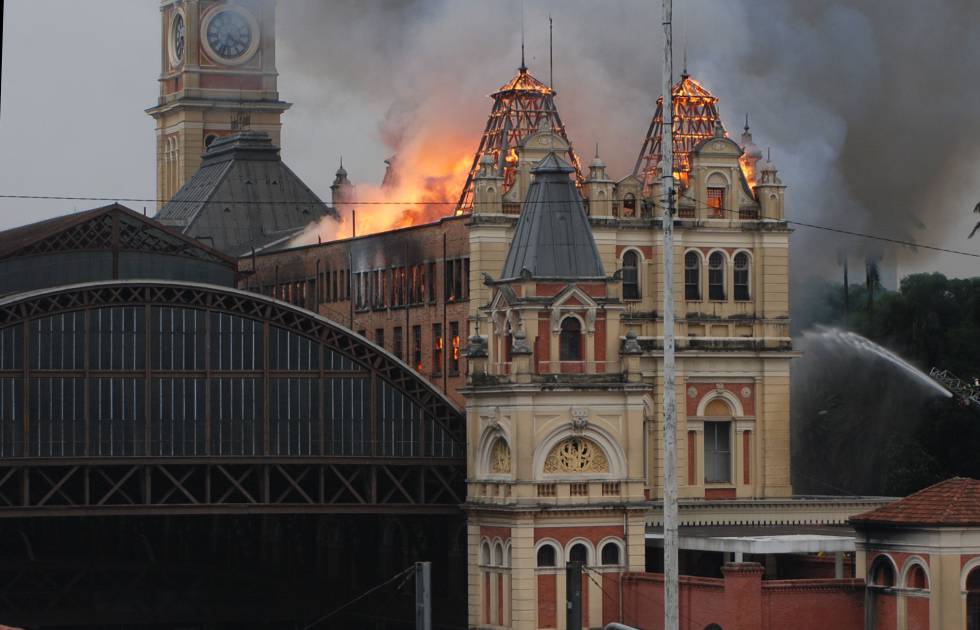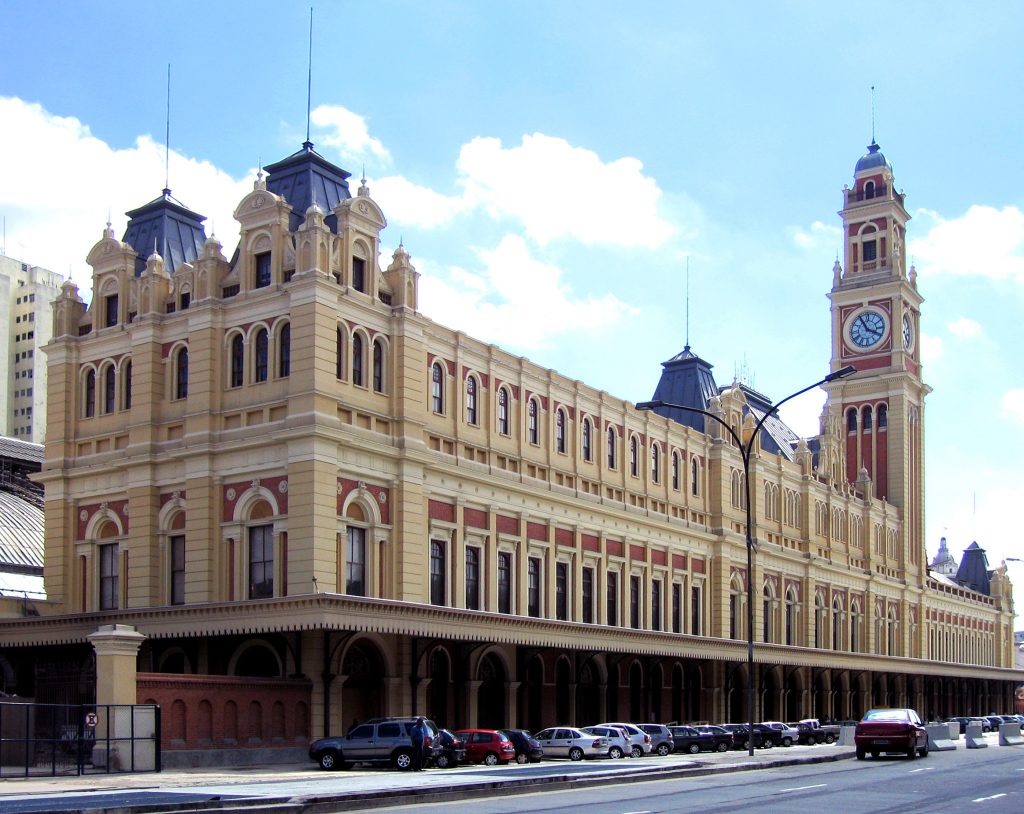RIO DE JANEIRO, BRAZIL – The government of São Paulo announced on Monday, December 16th, the completion of the restoration and readjustment works of the Museu da Língua Portuguesa (“Portuguese Language Museum”), located at Luz Station, in the city of São Paulo.
The museum, dedicated to the national language, has been closed for reconstruction since it was heaily damaged by a fire in December 2015. The government expects the museum to be reopened on June 25th next year.
“From now on the museum will start assembling. The construction works have been delivered on time, as planned. From now on, the assembly of the collection begins”, said Governor João Doria.
According to the governor, the museum will be even more interactive. “Children, youths, and adults, including people with disabilities, will have the opportunity of interacting here. Technology helps and contributes to the interaction,” said Doria.
The museum’s new expography will provide unprecedented experiences such as the Sounds of World Languages sections, which will highlight 20 of the more than 7,000 languages spoken today; ‘Falares’ (“Speeches”), which brings the different accents and expressions in Brazil; and ‘Nós da Língua Portuguesa’ (“We, of Portuguese Language”), which addresses its presence in the world through the cultural diversity of the Community of Portuguese Language Countries (CPLP).
The ‘Palavras Cruzadas’ (“Crossed Words”) areas will be preserved, showing the languages that influenced Portuguese in Brazil; and the ‘Praça da Língua’ (‘Language Square’), an immersive show of sound and light that pays tribute to Portuguese that is written, spoken and sung.
“We will have a reference and study center for the Portuguese language. Then we will have not only an area dedicated to the general public but also a space for researchers, scholars and another for debates and seminars on the Portuguese language and cultural diversity as main topics,” said the Secretary of Culture and Creative Economy, Sérgio Sá Leitão.
According to him, admission to the museum will be free on Saturdays. For the remaining days, it will be free only for teachers and police officers. The venue will be open from Tuesday to Sunday.

Cost
The total cost of the work was R$81.4 million (US$20 million), referring to the works and the implementation of the museum, including the support of sponsors such as EDP, the Globo Group, the Itaú Group and Sabesp and support from the federal government and the Calouste Gulbenkian Foundation, in addition to the insurance amount.
The Portuguese Language Museum’s restoration work included the recovery of facades and frames and the reconstruction of the roof and internal areas.
The infrastructure and fire safety of the museum was also improved, with the installation of sprinklers, which are automatically activated for extinguishing fires.
The area covered by the museum has also been expanded, including new areas such as a belvedere and a café on the terrace, from where the Luz Park can be viewed.
The São Paulo government also announced the launching of the bid notice for the hiring of the social organization that will manage the museum. According to Sá Leitão, companies should declare their interest by January 29th. The announcement can be accessed on the secretariat’s website.
“We have a management model in São Paulo [of museums and cultural equipment] by social organizations, with the exception of the Memorial of Latin America and TV Cultura, which are managed by foundations,” said the secretary.
Access
Another innovation is direct access from local train (CPTM) stations to the Portuguese Language Museum and also to the São Paulo Hall. “This will ease people’s access to the CPTM trains. It will provide greater agility, accessibility and, as a result, greater opportunity to attend [the cultural equipment],” said Doria. “We will also design a passport for people to purchase in order to have access to all facilities, at a reduced price”.
Between 2006 and 2015, the museum welcomed approximately four million visitors. The government expects 600,000 people to visit the museum in its first year after reopening.
Source: Agência Brasil


